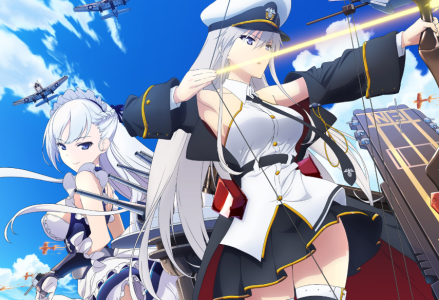A brief spoiler-free review of the 12-episode fall 2019 anime “Azur Lane,” animated by Bibury Animation Studios, directed by Motoki Tanaka, and based on the popular side-scrolling shoot ’em up mobile game franchise of the same name.
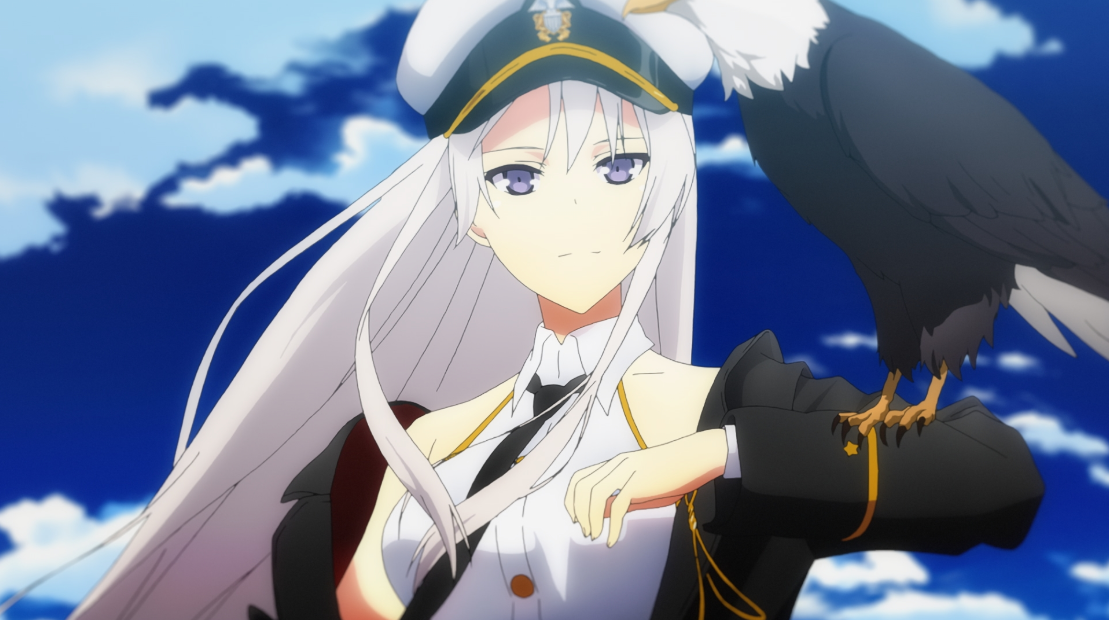
War is Bad, PERIODT.
The “Sirens” came without warning, decimating any ship on the open seas with their overwhelming, technologically advanced arsenal. To combat the alien invaders, a divided humanity rose in complete unity for the first time, forming the Azur Lane. Armed in their alliance, Azur Lane powered through their mutual enemy with revolutionary improvements to modern warfare. However, opposing ideals in future confrontation with the Sirens caused the alliance to split in two: Eagle Union and Royal Navy with Azur Lane, and Sakura Empire and Iron Blood forming the Red Axis.
Although these nations continue to skirmish with one another on the high seas, schemes of independent parties within the Red Axis working together with Siren technology to dominate the world threaten all of humanity. As one particular soldier comes to terms with her own personality and ambitions, however, the hope for reuniting humankind may be found in some ideals that even war cannot shake: empathy, camaraderie, and sisterhood.
In an attempt to find duality, the series goes about telling the “war = bad” theme by contrasting the pleasantries of daily life in both Azur Lane and Sakura Empire with the frustrations of conflict on and off the battlefield. (Spoiler alert, fighting ain’t much fun no matter which side you’re on.) I think this speaks volumes about the series’ viewership, though, as my favorite parts were, in fact, the high energy combat scenes. Chalk it up to my obsession with ship fighting in general, but when the girls are geared up for war, the show promises to at least be halfway entertaining. Otherwise, the plot itself is full of generic motivations and reveals on both sides of the tide.
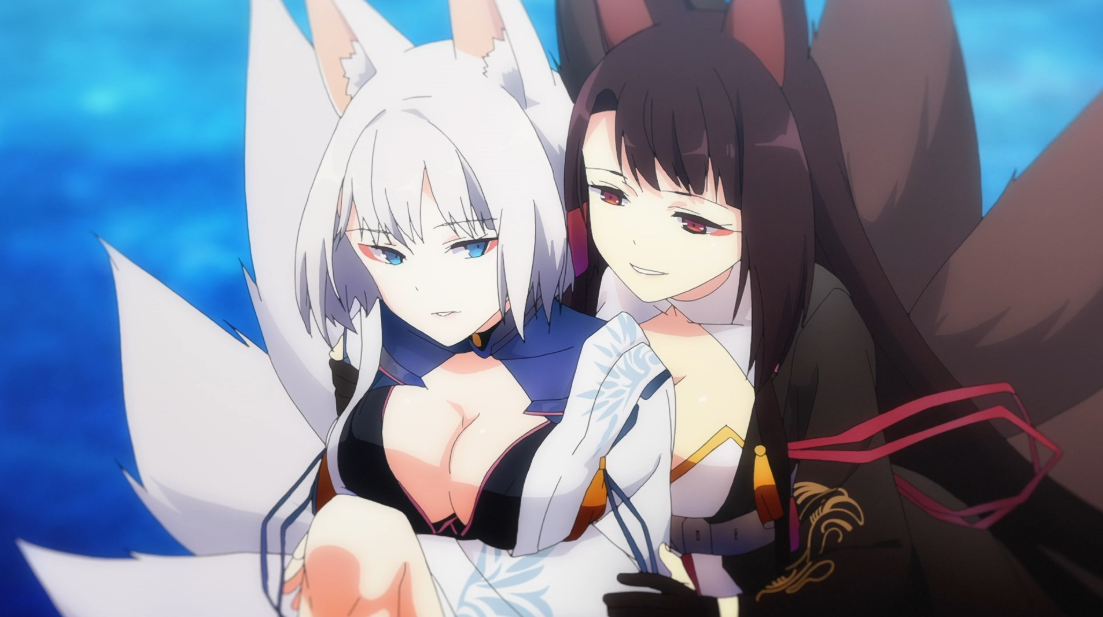
Iron and Steel—But Make it Fashion
While I’m no stranger to cute girls fighting with heavy artillery ALA Strike Witches, Girls und Panzer, and basic knowledge of Kancolle, I am a newbie to the Azur Lane franchise. The series markets itself under the sci-fi action and military genres, but spends far too much time indulging in forced yuri shipping and awkward loli lewding. (I mean, these are anthropomorphic warship girls—you already know the kind of audience they were tailoring this franchise to.)
The fan service is clear and abundant (and not really my thing). But, the core premise of iconic and historical ships clashing in what is at least to say a “unique” fashion is actually quite cool. Thinking back, were it not for the eye-popping and abstract character designs, I might not have stumbled upon this title at all. Seeing how the various ship parts come together to form a semi-feasible battlesuit must’ve required some intense layout and design work—especially for the more elite warships—so props to the character designers on this one. These characters may already originate from the game, but to make these girls move AND not seem overly clunky, man, hats off to ya!

As for the characters themselves, this is where Azur Lane starts to sink. I get it that franchise adaptations don’t want to leave a single girl out, but WOW, they really did just try and shove every single major and minor character into this one. And it shows, because aside from the stoic “Grey Ghost” Enterprise herself (given life by Rachael Messer’s powerful performance in the dub) and her few close companions (namely the lovely Lindsay Seidel’s benevolent Belfast, and Jad Saxton’s elegant Illustrious), I couldn’t really tell you a think about any of these girls. The sidelining in this one is so bad that you could practically take out the entire Iron Blood faction and the story would be the same.
Oh ok, I suppose Amber Lee Connors’ cunning and devilish Akagi is worth an applause, same for Dawn M. Bennett’s strong performance as Akagi’s dear sister, Kaga, and Mallorie Rodak’s low and majestic Prince of Wales. On the other hand, I particularly found ALL of the lolis to be more annoying than cute, save for Tia Ballard’s Laffey and Lara Woodhull’s Ayanami, although that wouldn’t be a fault of any of the voice actors so much as children just being, well, children. As a whole, the dub is quite enjoyable, and the accent work is a nice touch.
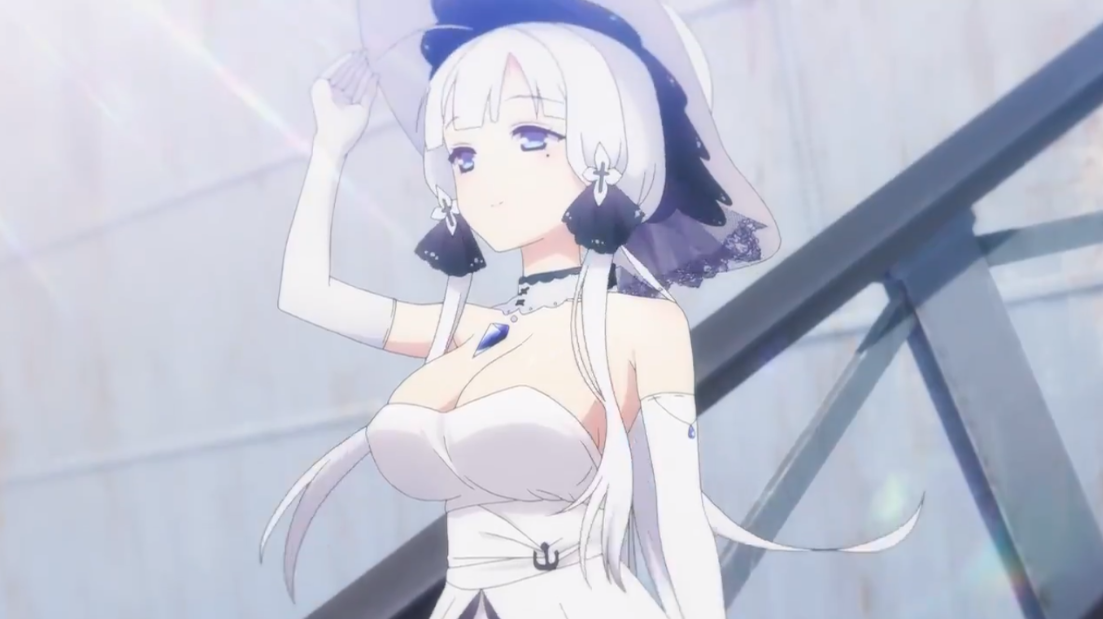
A Strong Soundtrack *Almost* Saves the Day
Where the story tanks into generic territory, the production value of Azur Lane helps keep things interesting. You can clearly tell that a variety of talents handled the animation in this show, cause oh man, when it’s bad it’s so awkward to watch—but when it’s good, it’s badass, and that’s what I want to talk about here. The best fight scenes in Azur Lane are on par with Fate/Apocrypha levels of fluid sakuga. Episode 8 is a standout particularly for both the dramatic tone shift in the story and the serious, high-octane battles that take place on these warring seas.
On the music side of things, I love battle anthems, and Azur Lane is FULL of them! The OST is the strongest unsung aspect of this adaptation, believe it or not. Lots of epic orchestral tracks cue the opening shots of war, and each of the nations have their own culturally appropriate couple of tracks to accompany their respective atmospheres, Sakura Empire’s Japanese-inspired melodies being my favorites. It’s a shame I couldn’t find credits for the composer on MAL, but I would assume these tracks also come from the mobile game. Lastly, the OP theme “graphite/diamond” is full of great energy, and is unmistakably characteristic of the wonderful May’n!

A Game of Hit and Miss
Depending on what you’re coming into this show for, Azur Lane may land hard or miss the mark entirely. I heard that even fans of the game didn’t care much for the anime, but that’s besides the point. However generic the story and cookie-cutter characters feel, there’s a lot of interesting things being done on the production side. Additionally, the themes of family being crazy and soldiers finding purpose in life beyond fighting will always be captivating ones for me. Overall, I found myself engaged with Azur Lane‘s unique character designs and soaring string melodies, so I’d say it was entertaining enough. As for being memorable? Meh, I couldn’t give a ship.
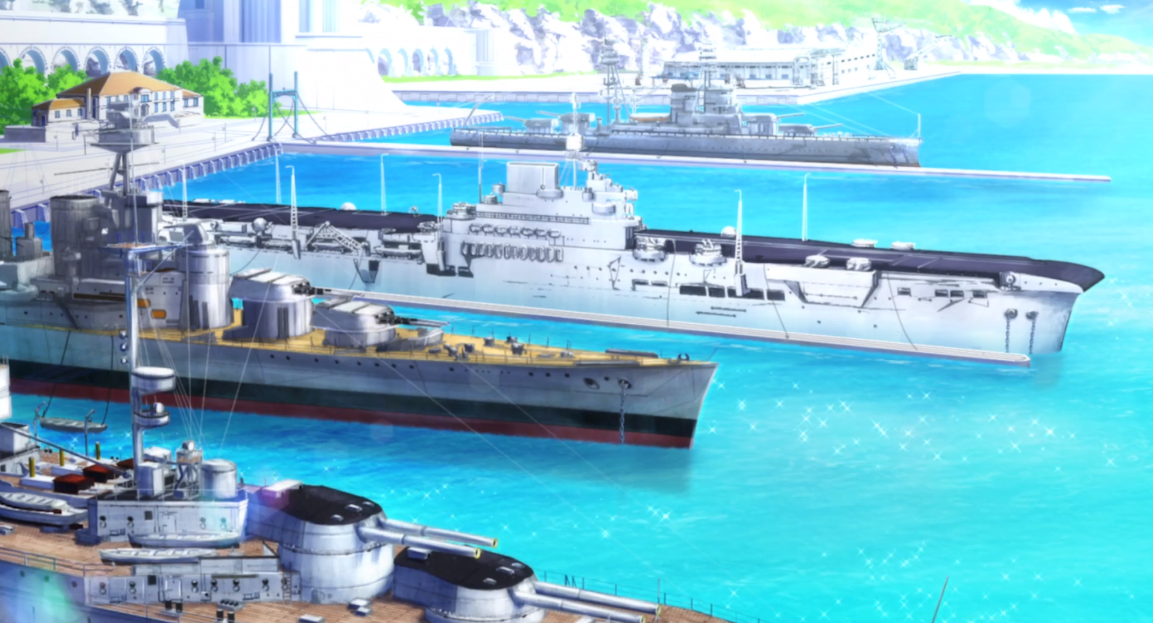
The truth is . . . war never changes. It’s exactly the same, no matter which era it happens upon. — Enterprise
Afterword
I was actually going to skip reviewing this one, but it turns out that I had more to say about Azur Lane than I originally thought. I’m glad to be able to watch and review a show that was sitting on my backlog, even if it didn’t turn out to be “the greatest” series by any means. Heck, calling Azur Lane anything more than serviceable might be overdoing it, but I’m comfortable with giving the series the “Coffee” label, a humble rating for mediocre titles like this one. If you stopped at the docks to give Azur Lane a watch, be sure to let me know what you thought about it down in the comments! It’s nice to be back in the review space once again. I’ve got more in store, so until next time!
– Takuto

